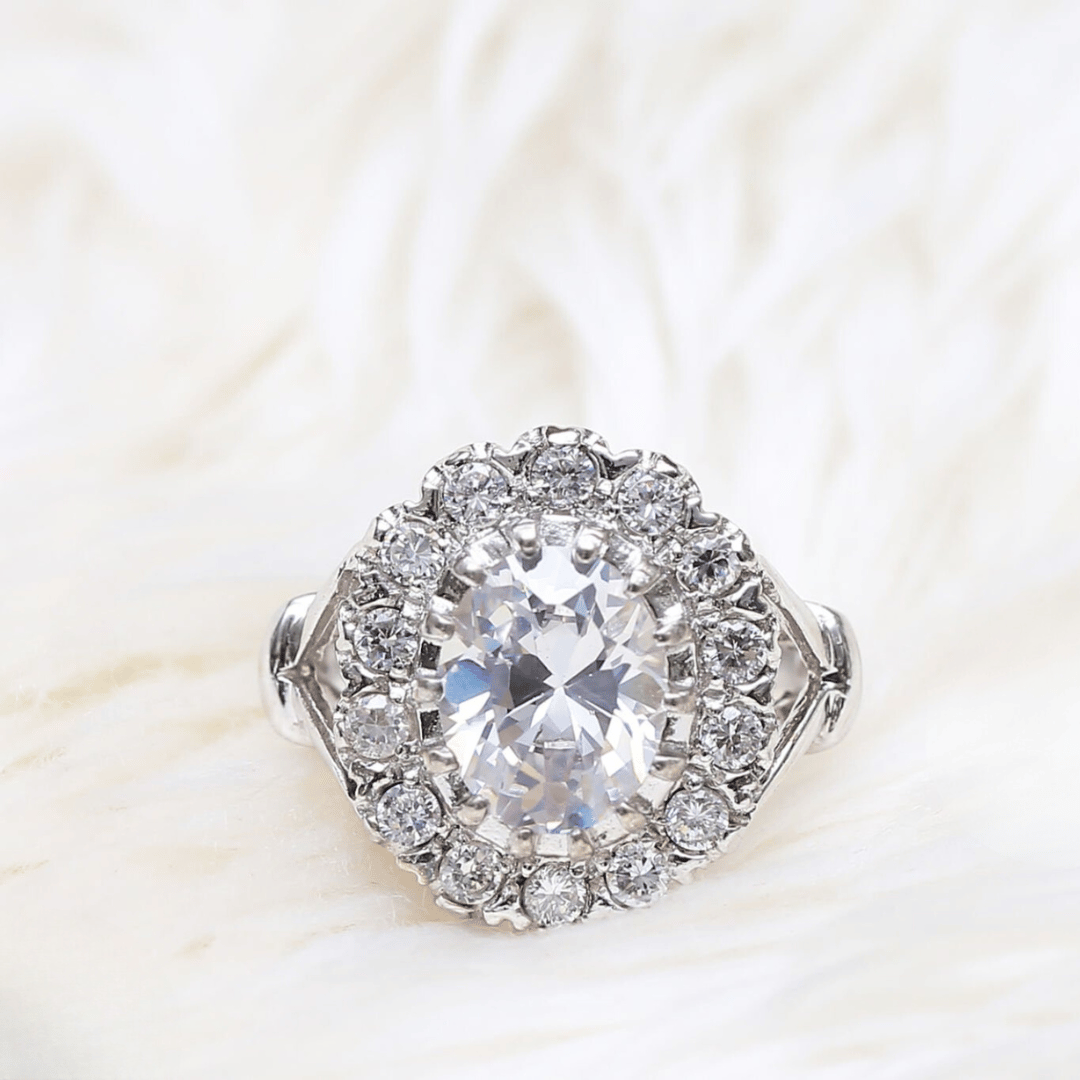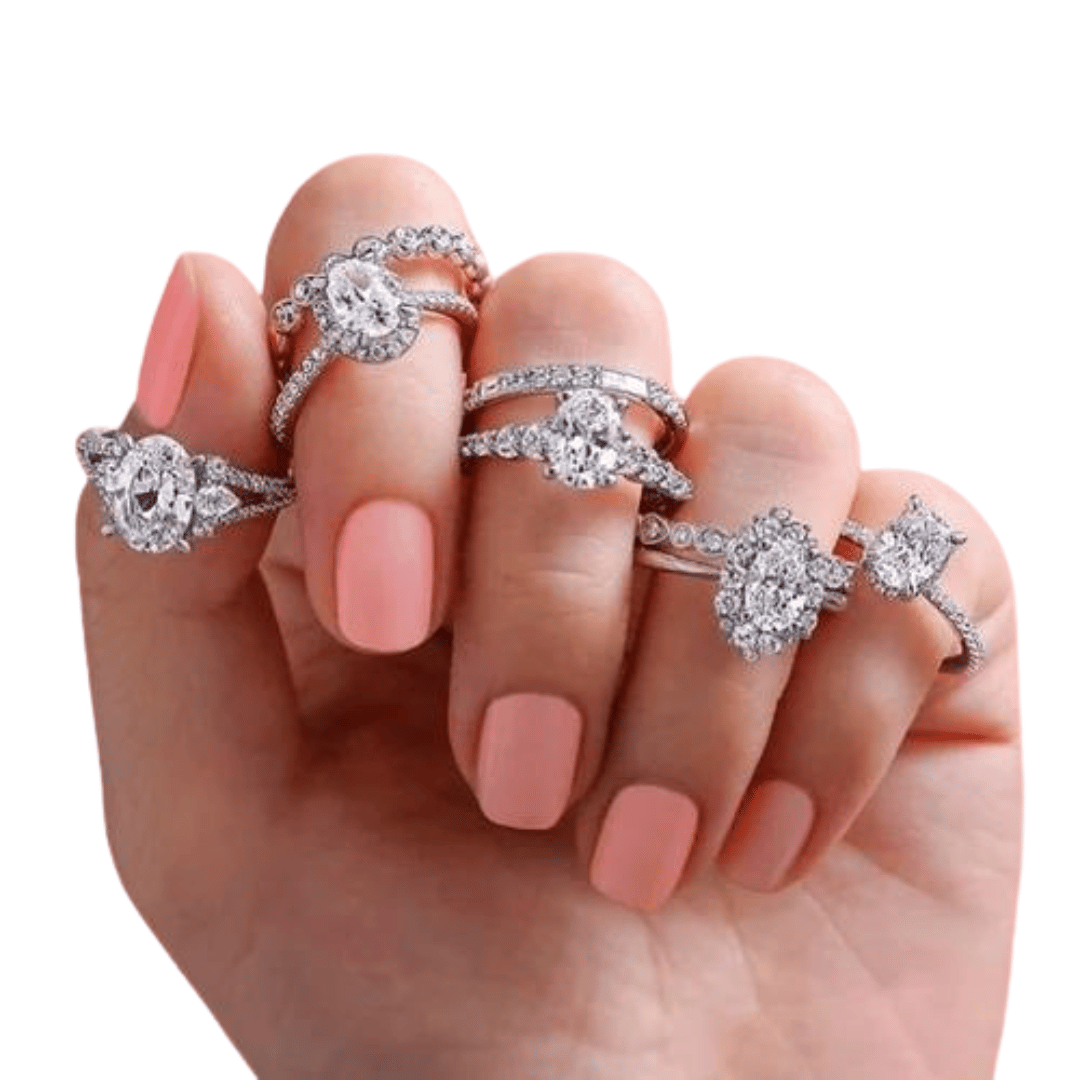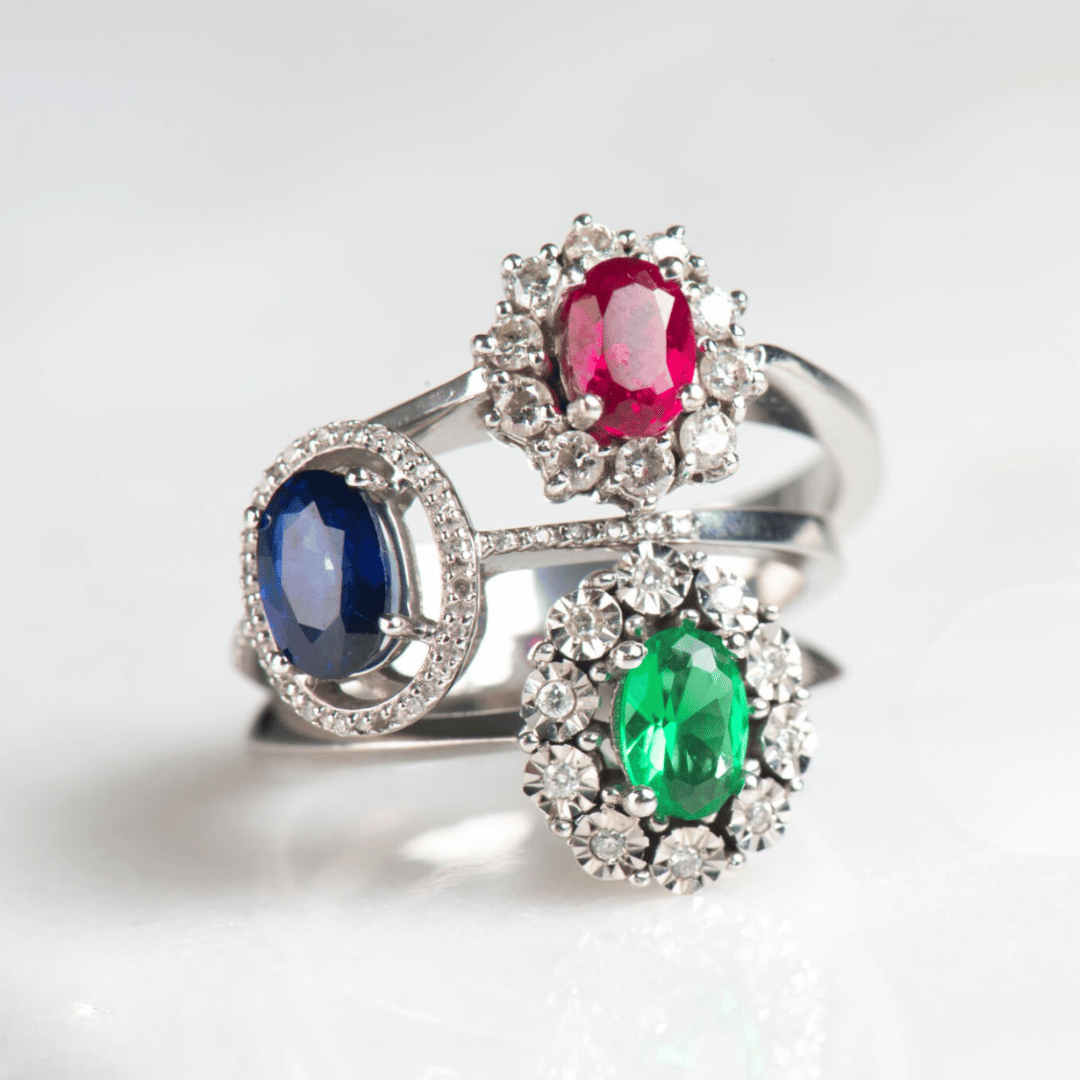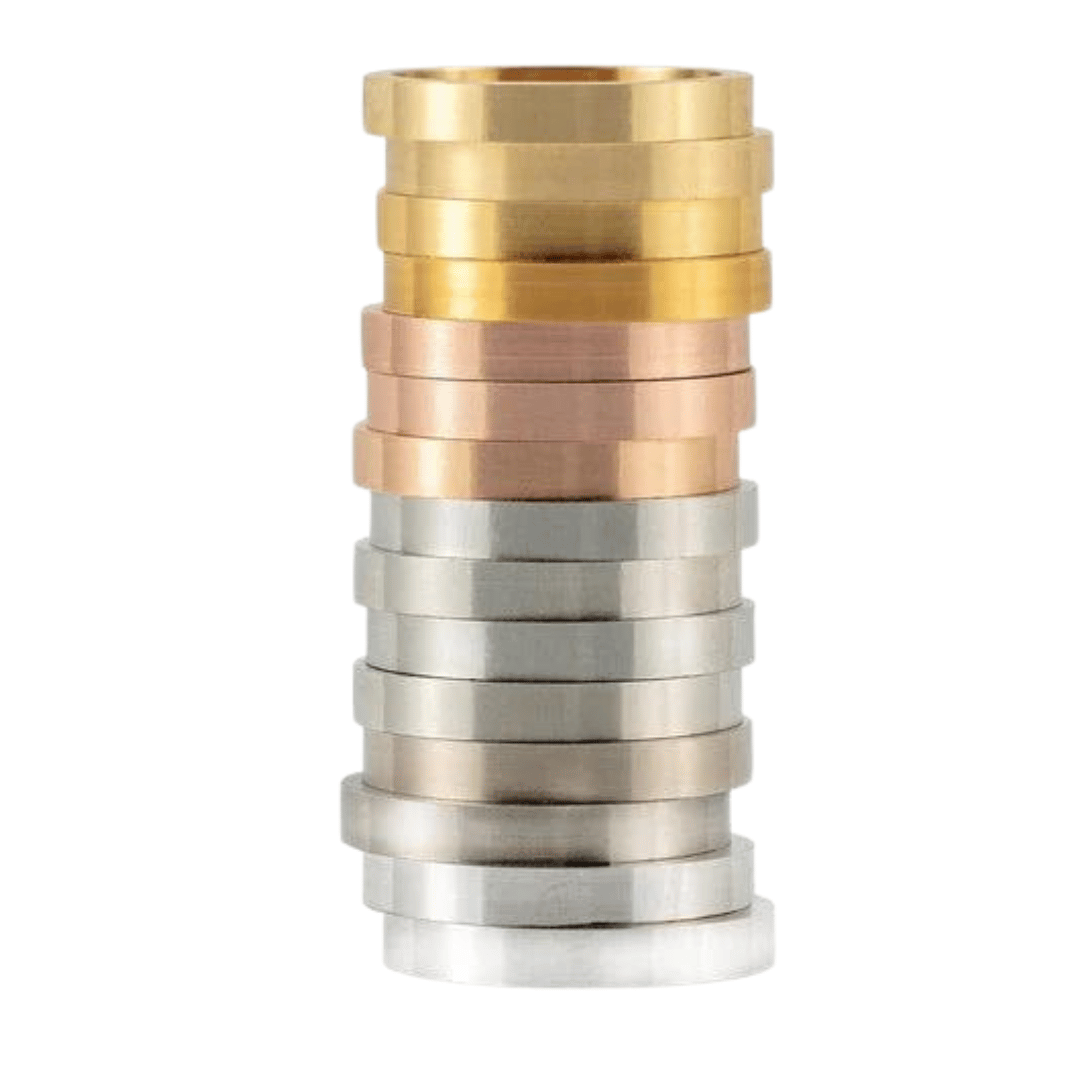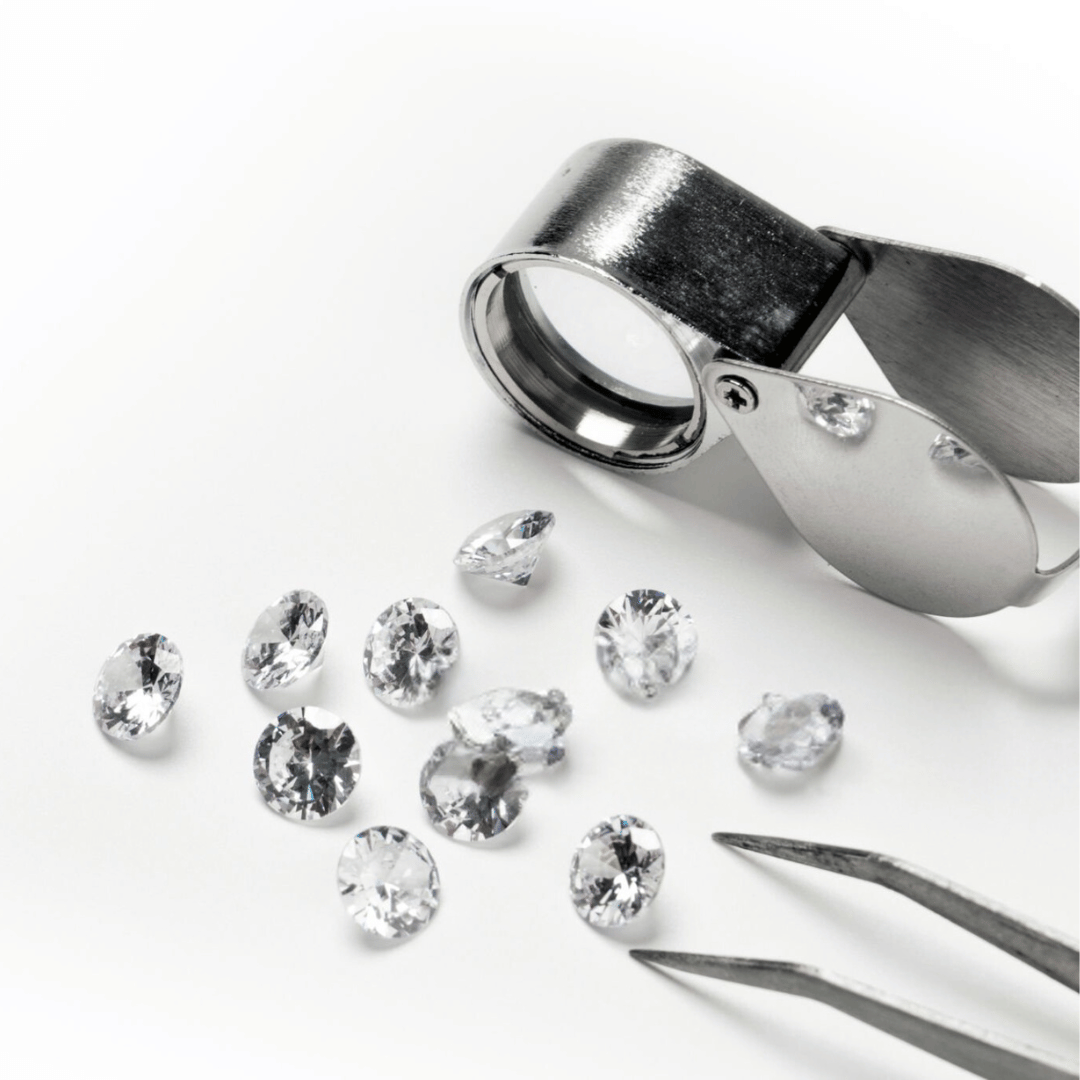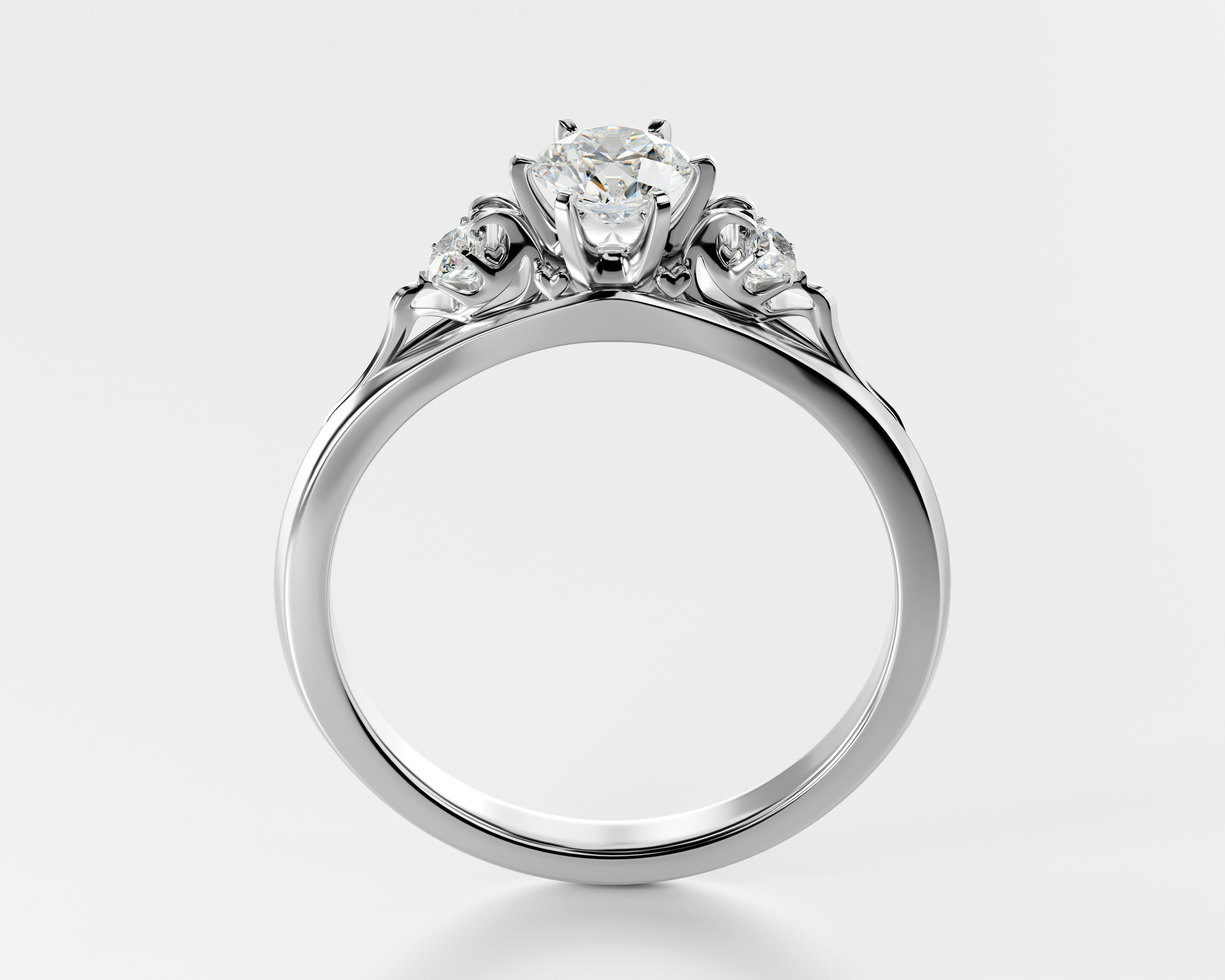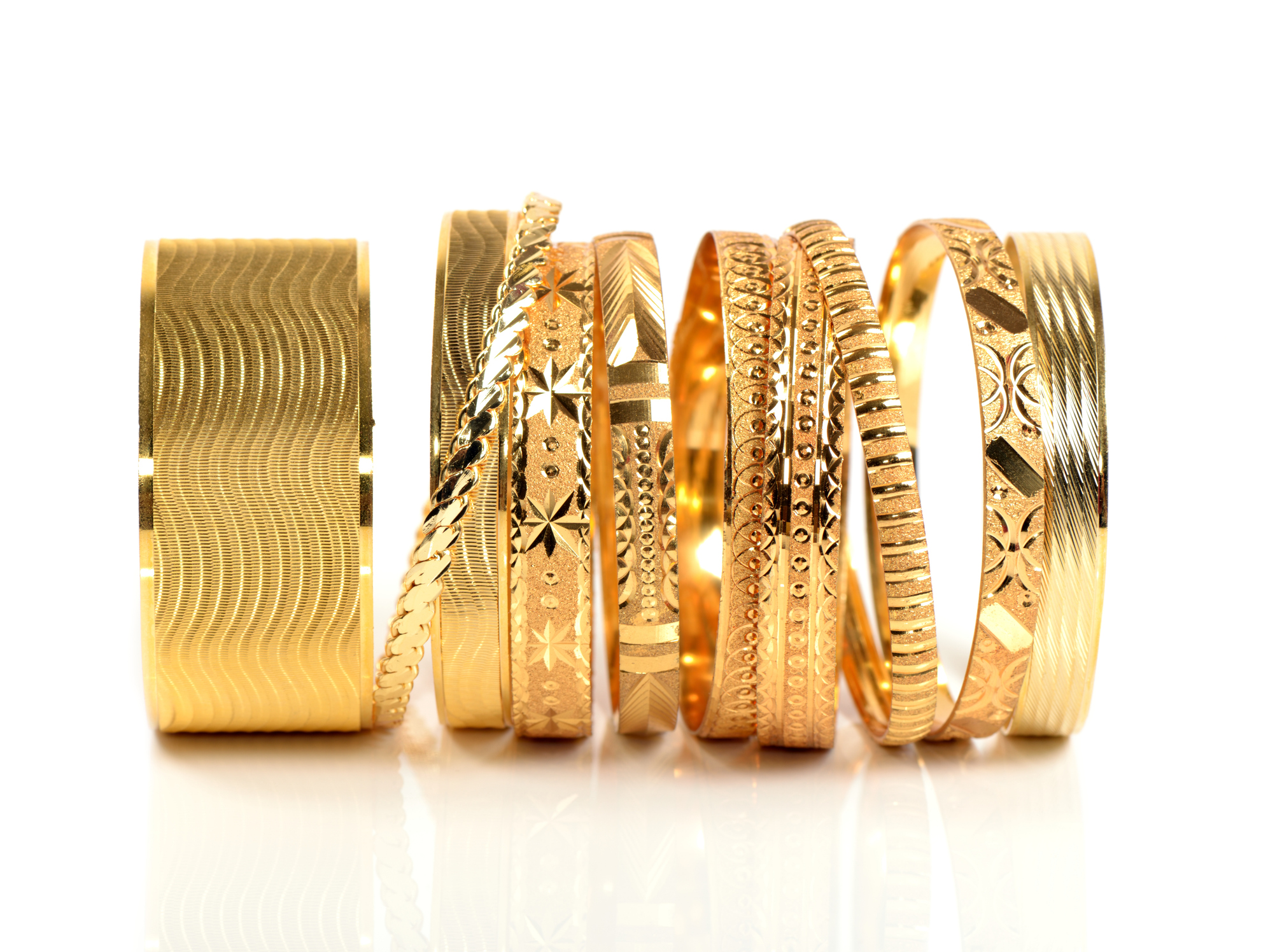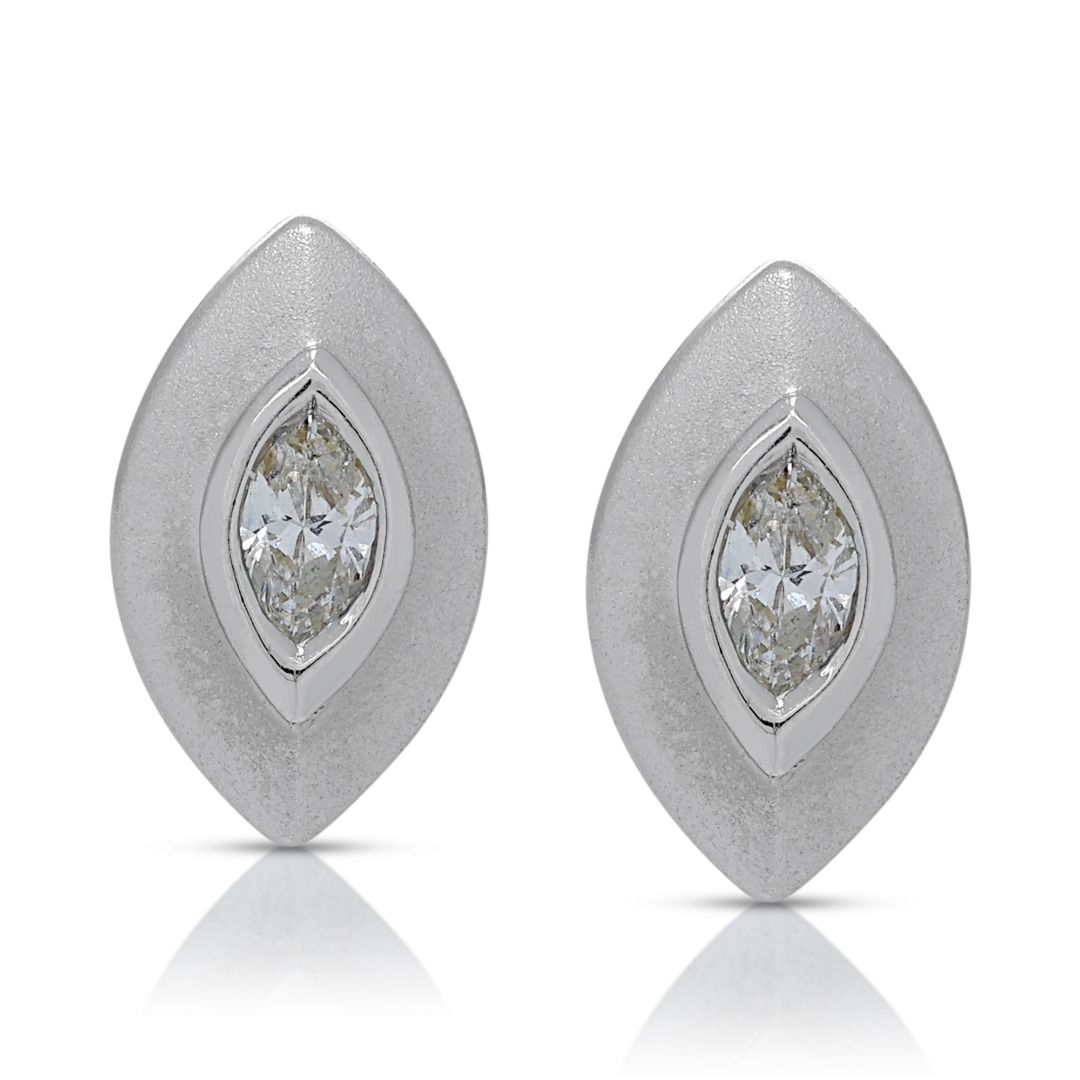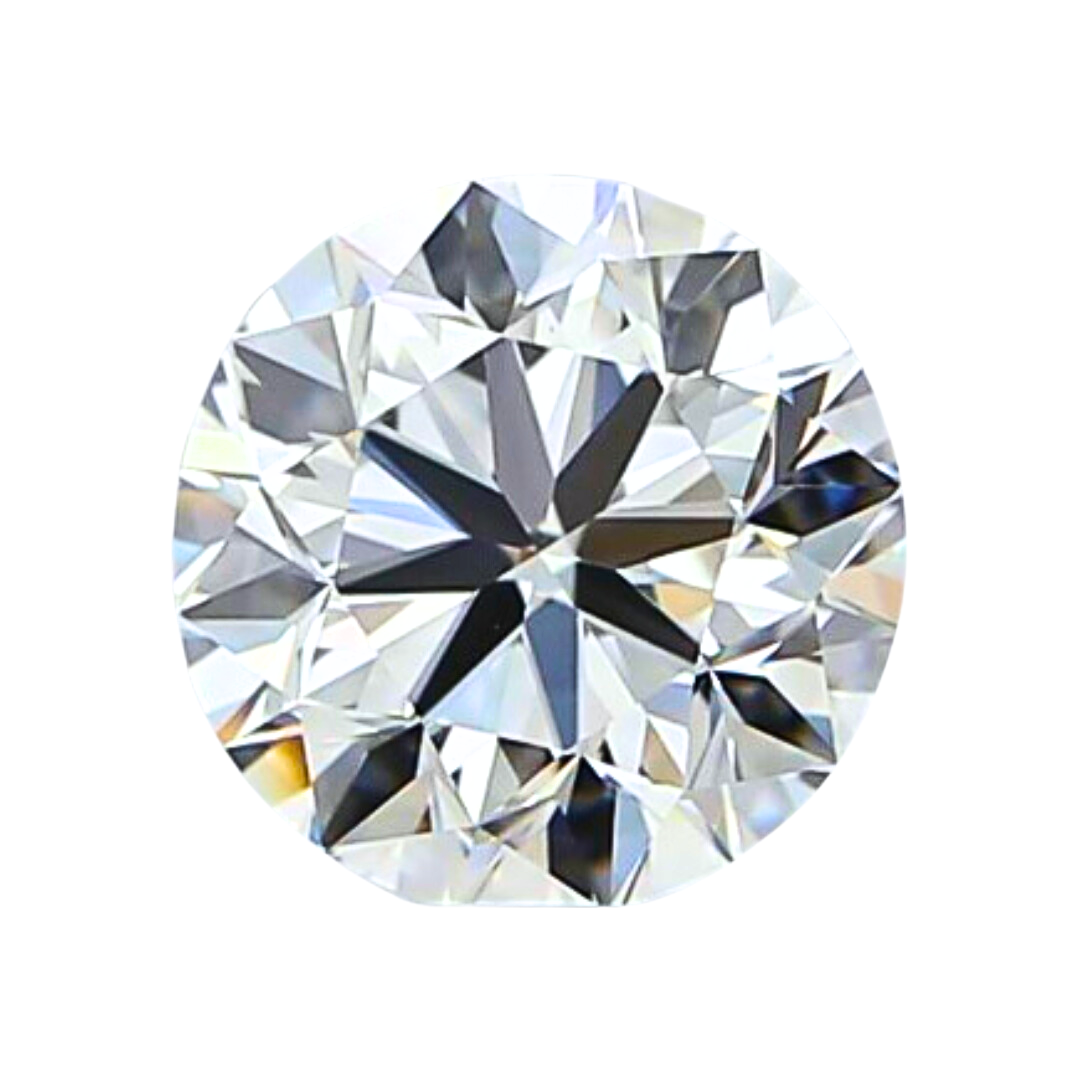Which Diamond Inclusions Are The Worst?
Key Highlights:
- Not all inclusions are bad! Most are tiny and won’t affect your diamond’s sparkle.
- But some can be bothersome:
– Black carbon spots act like black pepper in your diamond, reducing sparkle. Aim for stones where these are hidden by the setting.
– Centre-stage inclusions sit right in the middle, stealing the brilliance. Check certificates or use a magnifying glass to avoid these. - Surface chips weaken the diamond and look unsightly. Best to avoid chipped stones altogether.
- The most important thing? Choose a diamond that makes your heart sing, imperfections and all!
We all love the sparkle and brilliance of a beautiful diamond, but did you know even flawless diamonds are pretty rare? Tiny imperfections, called inclusions, are quite common. While these inclusions won’t necessarily turn your diamond into a disco ball reject, some can affect its beauty and value. Let’s chat about the few inclusions you should steer clear of!
1. Black Carbon Spots:
Like Pepper in Your Ice Cream
Imagine a dazzling diamond with tiny black specks inside, like a sprinkle of unwanted pepper in your vanilla ice cream. That’s what black carbon spots look like. Not only do they dampen the diamond’s sparkle by absorbing light, but they’re just not very pretty! The diamond’s brilliance and sparkle come from the light’s ability to reflect, refract, and disperse in its external and internal facets; think of it as the light dancing. With these black spots inside, the light is absorbed by them blocking its ability to “dance” or create those wonderful sparkles that diamonds are well known and adored for. These spots can sometimes be hidden by the setting, so if you find a diamond with them at a good price, that might be okay. But remember, you want your diamond to shine bright, so be sure the spots aren’t too noticeable.


2. Center-Stage Inclusions:
Stealing the Spotlight
These inclusions are like the ultimate attention seekers. They plop themselves right in the middle of the diamond, on the table (the flat top), or right below it, blocking the brilliance and beauty you expect. Luckily, diamond certificates often come with a magnified image and details about inclusions, so you can check if any of these show-stoppers are lurking in the center. If you’re not sure, don’t hesitate to ask for a magnifying glass to take a peek yourself!
3. Oops! I Did It Again:
Surface Chips
Imagine a tiny chip on your diamond, like a little missing chunk. Not only does this look unsightly, but it also weakens the diamond’s surface, making it more prone to further chipping. Think of it as a weak spot on your favorite sweater – best to avoid snags! If you see a chip on a diamond, it’s best to give it a pass and keep looking for a sparkler that’s in tip-top shape.
Remember, diamonds are a personal choice! These are just a few things to keep in mind as you search for your perfect stone. The most important thing is that you love the diamond you choose, inclusions or not!

Conclusion
While inclusions are a natural part of most diamonds, a few types can significantly affect a diamond’s beauty and brilliance. Avoid black carbon spots that resemble unsightly specks and center-stage inclusions that steal the sparkle from the heart of the stone. Surface chips not only detract from the diamond’s aesthetics but also weaken its structure.
Remember, the perfect diamond is the one that speaks to your heart. Use this information as a guide, but don’t be afraid to embrace a diamond with a unique characteristic that adds to its charm. After all, a diamond with a story (and a few tiny inclusions) can be just as special as a flawless one.




